

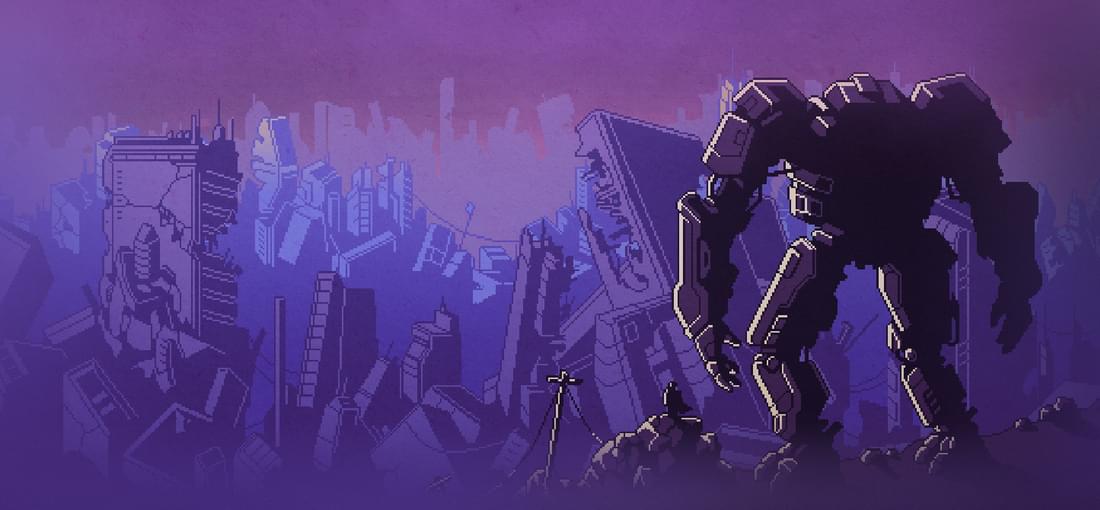
When I picked up ItB I was sick, a nasty flu. While I was dreaming in bed, the small cartoon figures became pulverizing robots and nightmarish aliens. I couldn’t sleep well. A chaotic struggle between mech and Vek went on in my head. Two blows and half a block of buildings collapsed together with a burned down gigantic hornet. It kept repeating over and over again. There was no control. And while the feeling of putting down monsters felt good, I was robbed of sleep and felt powerless. The time my fever broke, I know how to smash the ugly alien faces against mountains and drown the xenos in the ocean. Over time, I learned how the monsters (roughly) act, which will (likely) spawn, how to place mechs to deal considerable damage this turn, and avoid being an easy lunch next turn. I learned what is "acceptable collateral damage". But most of all, I got the hang of using aliens against their own kind. Having a 3 damage smash is often less effective than a 1 damage push. The knockback disengages an alien from eating a train, and may set it up to eat or being eaten by another Vek. In ItB you will be able to (almost) fully control the game, while still keeping the challenge fresh by throwing unexpected surprises in your direction. The gameplay is less FTL-like exploring, instead focuses on “perfect knowledge”. You interrupt Vek mid-turn and exactly see how your actions play out. A poor decision will result in a serious set-back, but rarely in immediate defeat. The game is very well streamlined. ItB borrows mechanics from FTL (dev's former game). A game lasts 1 to 3 hours, earning you a new team of mechs or nothing at all. You control a handful of sprites on a limited grid. You go through a few zones, each in a handful of battles. You gather random stuff to equip your mechs, making each playthrough unique. The only downsides to the game are that it is relatively small, and there is hardly any persistency between playthroughs... except your knowledge of the game.
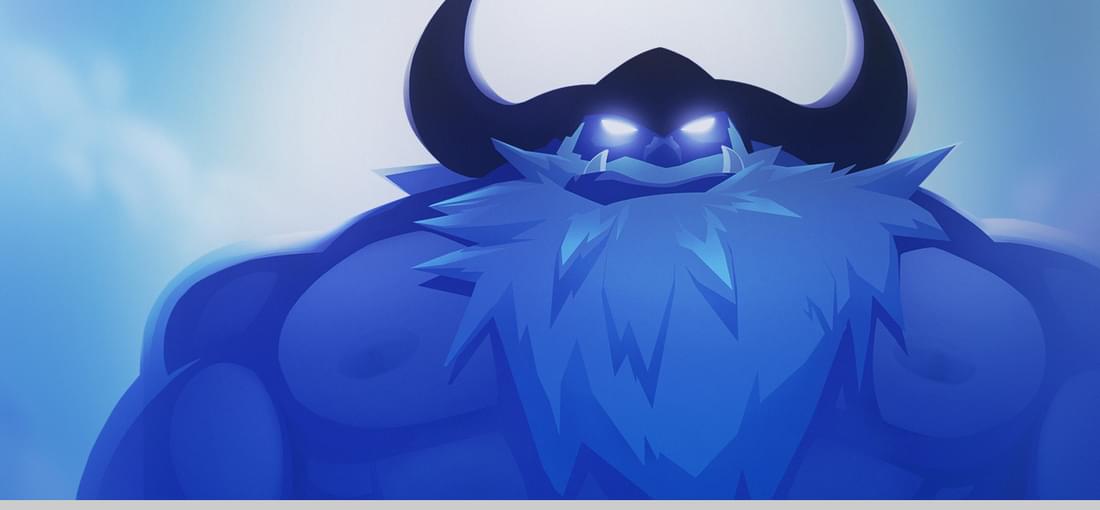
+ 2 star for art + 1 star for Norse lore - 1 star for abysmal gameplay It is a walking simulator with occasional “fights” and boss battles. The combat is terrible due to its poor control, weird hit boxes, enemies without IA (only following a certain sequence), blinding and irritating bosses mechanics, and dying by simply getting stuck. Do yourself a favor and avoid.
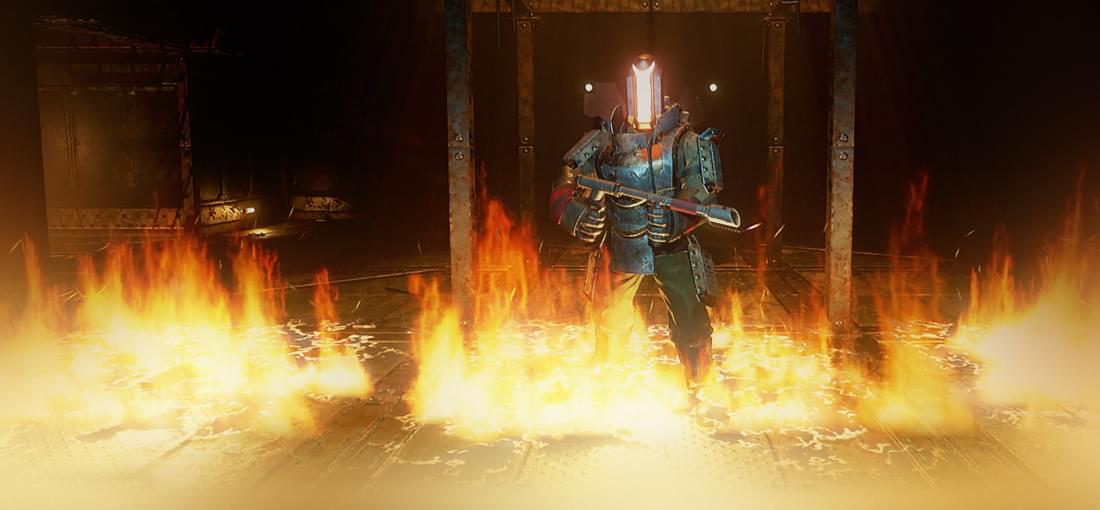
Vaporum is a well polished game similar to Grimrock with some clear distinctions. You are alone. This means that your play style is likely to be more specialized (tank, gunner, or glass cannon). Each style is distinct, but does not offer much replay value. After finishing the game, I looked up secrets that I missed on Youtube. It struck me that the Youtube character and mine where 99.7 % identical twins, even in late game. Skill sets, equipment, everything was the same. More than anything else, this should tell you how linear the game is and that there are no hard choices to be made. The story is interesting, but nothing special. Halfway my 10 hour playthrough, it was already so predictable that it held no surprises till the very end. Yet, 4 stars, you might ask? Yes, I really enjoyed the game. Vaporum is very atmospheric. The steampunk monolith you're in breaths noxious gasses. Enemies look harassing. The concept of finding gadgets and mechanical upgrades instead of growing big muscles in a single day, is not only more believable, it also opened up an interesting twist in gameplay. Secrets are real secrets. Not the basic lose stone in the wall type. Some are really hard to find, and most offer some really unique stuff. Combat is the main focus in Vaporum (e.g. easier puzzles compared to Grimrock). The typical "combat dance", like in Eye of the Beholder/Grimrock, is fun and shows some satisfying IA. Your and enemy's skills become a bit samey by the end of your playthrough, though. This was most noticeable with the end boss... (yes, off course there is an end boss! :), which/who basically borrowed all skills used against you in the game, but none unique. I really hope that the devs add some addition suits (classes), as the opening corridor suggests, and open up for mod-support/new campaigns. Vaporum desires this.
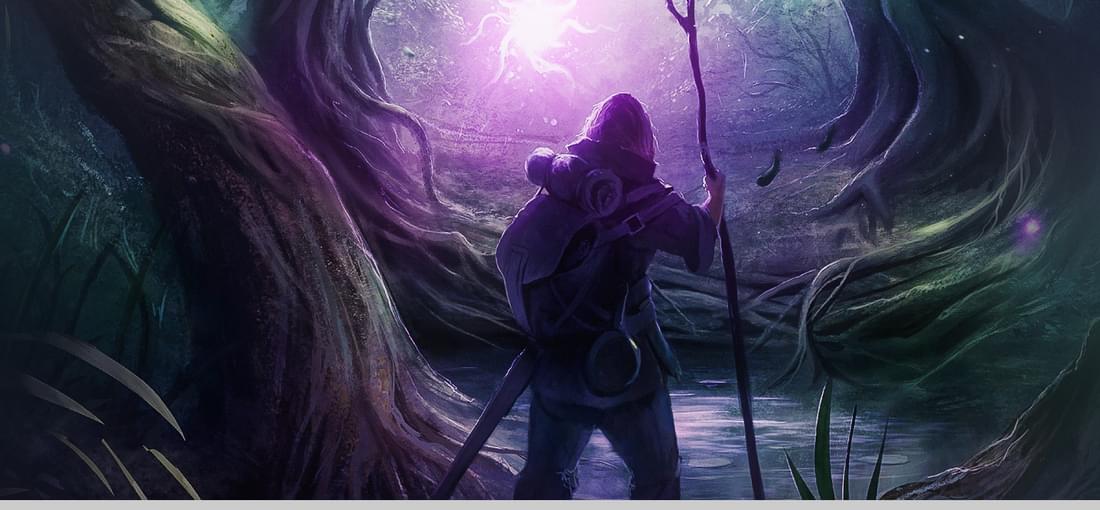
Overall Balrum is a nice, relaxing game. I have enjoyed picking up mushrooms, meeting strange people whom, on occasion can turn into a mantis a lich, or simply tell me the secret of silver bark. However, a year of refinement would make this good game a great game. Maybe something to look out for in Balrum 2? Orientation in Balrum is confusing and movement really requires some getting used to. Combat is not much better. As a mage, I felt like a small boy burning ant’s nests with matches, one ant at the time. Trying to take on multi creatures at once mostly resulted in a reload of the last save game. The only good about encounters is that they are no walkovers. You cannot bash in the skull of a swamp frog without using multiple skills. Yet, skills are unbalanced, some useless, others, like speed potions, basically break the game. Fortunately, combat isn’t the meat of Balrum. Exploring, gathering and crafting are. Top tip: learn crafting skills, as these make gathering meaningful. There are dozens of different mushrooms, plants, rocks to mine, melt and process in equipment. You can build a house or a farm with seeds that you find. There are many features, such as potions that turn you into a mouse to get in secret areas, caves with puzzles, lost treasure in tree trunks. All great stuff, but somehow there is no cohesion. I like to call it feature creep. For example, harvesting crops is fun at first, but becomes a repetitive click fest. A special event make your crop spoils by disease. Using a curing potion and it is as if no disease never occurred. There is no real impact between features. The character progression system could also use some polish. Skill books and attribute boost pedestals, for example, are restricted to a specific level. Find a book of alchemy lvl 2, just after learning that same skill with hard earned skill points is not funny. Why don't you find unique books that yield skills that cannot be obtained otherwise?
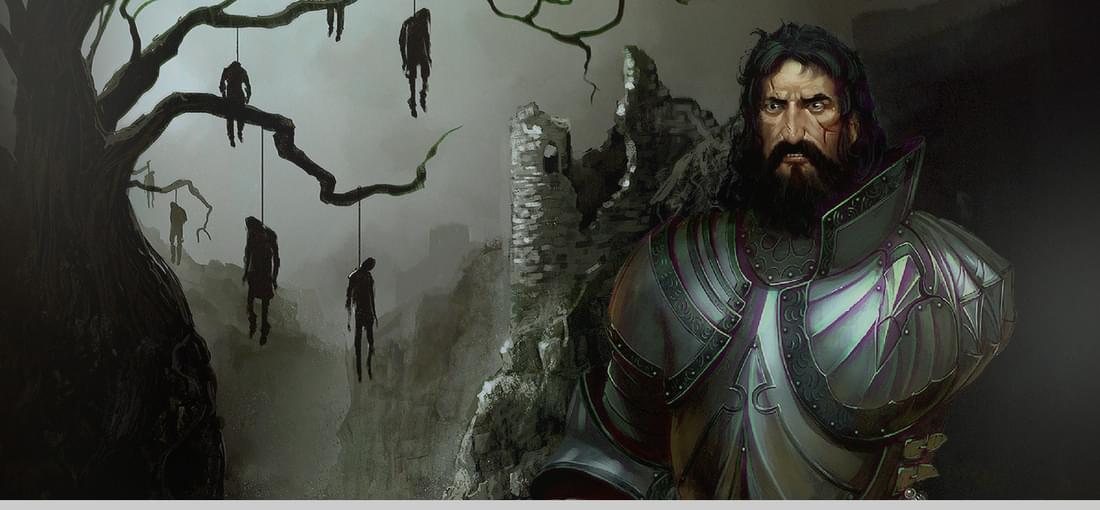
LoE combines an involving story with poor combat. The story takes part in a low fantasy European medieval setting. You can follow several paths, which unfold by completing missions. This means in most cases butchering some locals (bandits, rebellious knights, and a few ghosts). Options to avoid a fight are very scarce. But even so, the story does not grow old. You constantly make moral choices. Do you take the side of a power-hungry family or ally yourself with a corrupt church? Do you sell a merchant to a vampire to whom he sold girls for artifacts, or do you rid the world of the vampire for a big chuck of exp? There are nasty, nastier, and some outright evil options to choice from. Try to stay the good guy, and you end up with nothing. Unfortunately, combat is poor. It is as if the devs started with this HM&M concept of a battlefield divided into hexes, but then got lost in a semi-realistic system and eventually just gave up on it. Combat plays out as in the old Disciples titles, but without the atmosphere (mostly sounds) of acid spitting dread wyrms and bulking grunts of a demon lord hacking into enemies with a great cleaver. Movement (without attacking) is not even possible. It is not unusual to be forced to charge into a spear with a poorly armored nobleman. Having to attack a non-corporeal ghost because no other action is available just makes no sense. After playing hundreds of battles, you notice that you have some limited influence on how battle play out. But this is a fake illusion of tactics, and I think it might well be the reason why the system was never thrown out of the window a long time ago and replaced by something better. If you are looking for deep combat, then have a look at Battle Brothers (currently in early access on steam). So, the game is worth it because of its strong story (for this type of games). But after the campaign there is not much to come back for. Without the story, what is left is a broken combat system that does not satisfy.
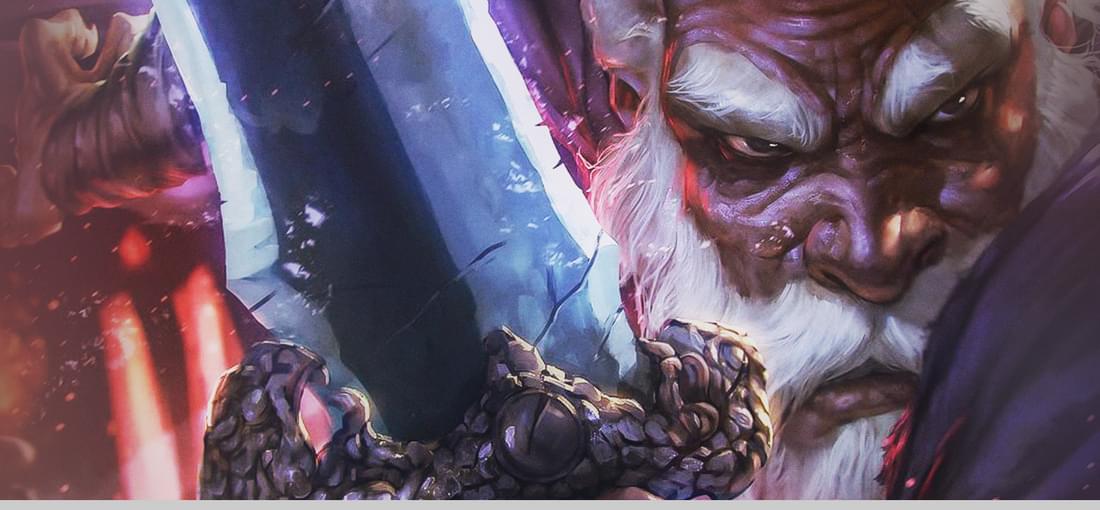
When Slain originally came out, I watched reviews and decided to skip the title. I was pleasantly surprised that people revisited this game after the devs made large changes to the combat system, and told the game is now great. Well, without experience of having played Slain before it was patched, I think the actual gameplay is still mediocre. A recollection to Barbarian (1989) was too dominant. Slain convinced me to buy the game because: - I like to listen to metal - I like the opposite of cartoon-style - I loved Castlevania (1986) in the old days Slain: Back from Hell provided all. Good atmosphere and a slide scroll hacker. Where it failed, and Castlevania succeeded, was variation in gameplay. Enemies may be somewhat resistant to fire or ice (involves swapping between cool weapons), and some may look like bone giants, horrifying spectres or a huge minotaur, but combat boils down to three styles: 1) Hack through lesser minions, 2) time a block and hit hard with a critical, or 3) hitting objects thrown at you and thereby sending it back. All three feel good, but you will have enough of it after finishing the game (took me roughly 6 hours). So, what about this remarks about Barbarian? That game was the most frustrating game I played in 30 years of gaming. Okay, in Slain the controls are (after reworking the combat system) not as terrible as this old predecessor, but the level design and completely fixed monster spawns and behavior are. Being able to finish the game revolves around two things: 1) Learn the timing of a block, and 2) learn the layout of the levels/monsters. I would prefer a more random (rogue-like) style. Maybe the devs can work on another patch "Slain Into Heaven" that changes the fixed level design in a balanced randomized hell of monsters. Off course, along with more fighting styles that feel as good as the block-crits...
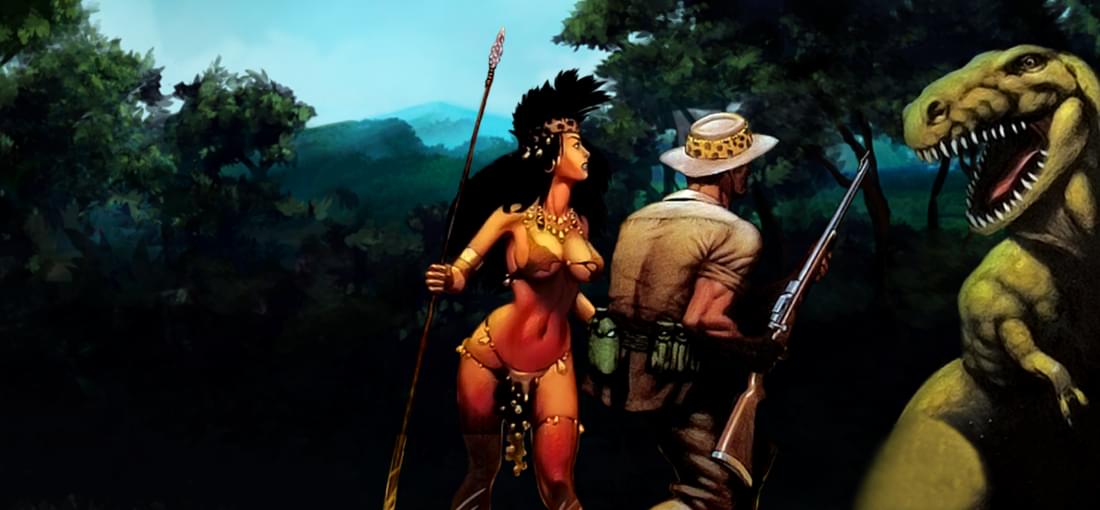
From the onset of the title screen, you can tell that Savage Empire (SE) was made with love and ideas that lingered around Origin’s heads since their childhood. Many game developers have zillion ideas of games. Most will never be made into games. However, SE brings you a world of dinosaurs, invading ant-men, Neanderthal tribes, and gunpowder. The tribes are not only primitive; they are often not very smart. This will trigger many laughs throughout the game. My personal favorite is a T-Rex that keeps coming back for more drunken tribesmen to eat. The dense plant life with huge flowers and open tar-pits complete the feel of being in a prehistoric world. The gameplay is simple but it works. Conversations are short but effective and humoristic. Quests are easy tasks that require no more than one special item, but often require you to come close to a nest of Myrmidex. And yeah, fights with Myrmidex are vicious and great. Unlike most Ultima games, most things in SE are killed by a single blow (or bullet) or two, but the same holds for your characters (to be fair, it is 5/6 hits for a kill). The Myrmidex fights are the best, as they come in large groups and can reach your characters within a few turns. Because of the fast paced action, combat can be somewhat confusing and unpredictable. I think this is a nice touch, because you will never feel completely safe. Outside the quests and some other Myrmidex hotspots, there is little to find in SE. You can come across forested areas that are copy-paste duplicates of themselves. Also, the endgame was much too short. I think the lack of content was the cost of a fun-project, and not being a mainstream Ultima game. Overall, I think SE has a great setting, an average story and delivers good and fun gameplay. I would have loved a sequel back in the days :).
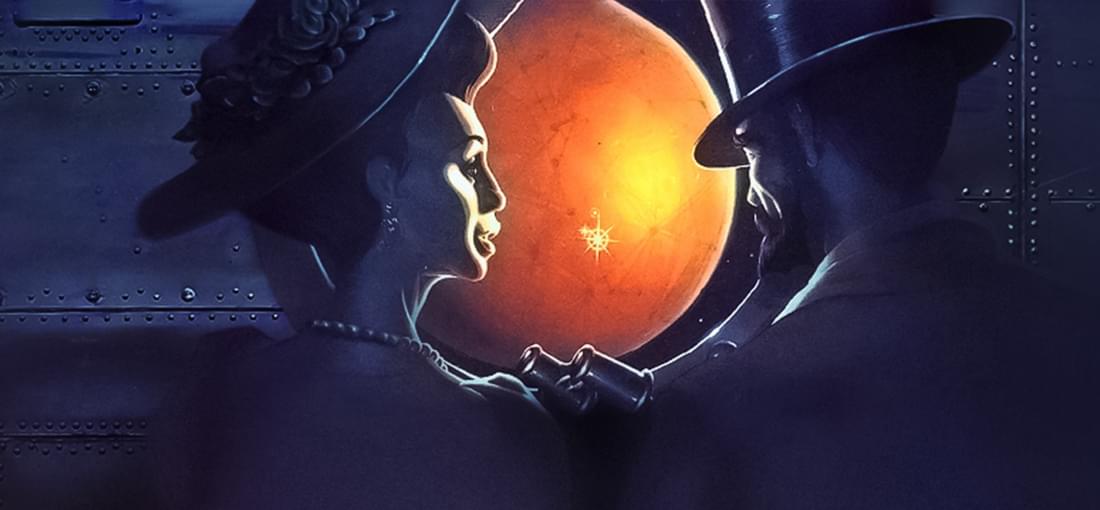
From the onset of the title screen, you can tell that Martian Dreams (MD) was made with love and endless ideas that were not suited for the mainstream Ultima games. MD have two faces: 1) the world, and 2) the gameplay. All love went into building the worlds. Unfortunately, the gameplay falls flat. MD has a great world. All science fiction classics, like Mars, aliens, robots, and dream worlds (yes, the title “Martian Dreams” was well chosen), are skillfully intertwined into the story. All characters are based on late 19th century real people and part of believable communities. For example, Emma Goldman was a champion of women rights in real life with anarchistic ideas, in game she finds herself in the hands of a destructive evil bent on creating anarchy. I didn’t enjoy the gameplay, however. At first it feels like a Fallout game, with scraping together a few bullets to shotgun alien creatures. So far so good, but soon I tried to outrun those same aliens as battles were more a drain on bullets than something vital to the game. The quests are one long sequence of fetch quests, which are also not always clear. You can run around the planet a few times before you find what you need or you cannot find the single trigger word that advances the story. Also, besides the story line, there is nothing to do except maybe try out an alien gun on a cactus. MD has very little to offer in terms of game mechanics. You can find berries that are supposed to give you psychic powers, but besides the need to move a plank for a quest, there is no real use for them. Your characters can feel cold and lack of oxygen. Unfortunately, these mechanics are also not well flashed out. You avoid cold by sleeping when it gets dark and oxygen deprivation has only a minor effect on your stats. There are exceptions, like the need for pliers to pick up radioactive stuff. Overall, I think MD has a fantastic story, but the gameplay is more for fans of old text based adventure games (which I’m not).
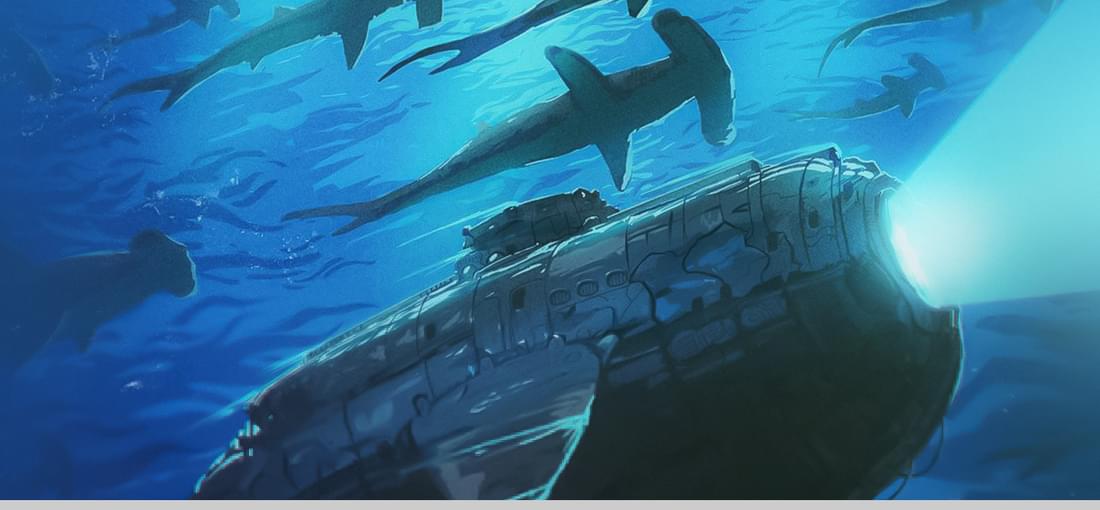
This is not a game like Diablo, where every living thing mindlessly attacks. The creatures that attack, however, are very capable and WILL swallow you whole. The shark (I fear sharks more than anything) is very creative. Not only is the giant shark accompanied by a school of small agile sharks, but it drags some of its history with it too. While I personally think that the scarcity of hostility is a great concept and adds to the mysterious nature of the (under)water world you explore, it has a downside. The game can feel somewhat empty. The game could benefit from more interaction with the environment, such as crabs that do not actively hunt the player, but would protect an upgrade box in their nest. Or have destructible cave entries instead of simple gaps in the wall that lead to hidden passages. This brings me to the hidden secrets, which I don´t like. While the purpose might be to add some exploring, it failed in that respect. I found myself rubbing my submersible to every wall. The immersive sense of exploration was replaced by a gamy feel of finding touch plates in order to proceed (a stupid game mechanic often found in older platformers). It would be better to have ways of finding new passages by observation. Like it was once done by placement of some crystals near the entrance of a hidden cave. Could they have done something with the periscope? I do give this game a relatively low score (3). Not because I didn’t enjoy the game, not because of the crude but effective graphics, but because the game feels a bit empty and there is another underwater game that is so much richer in almost every way: Aquaria. Please, go check out that game if you want something that will occupy you more than a few evenings.